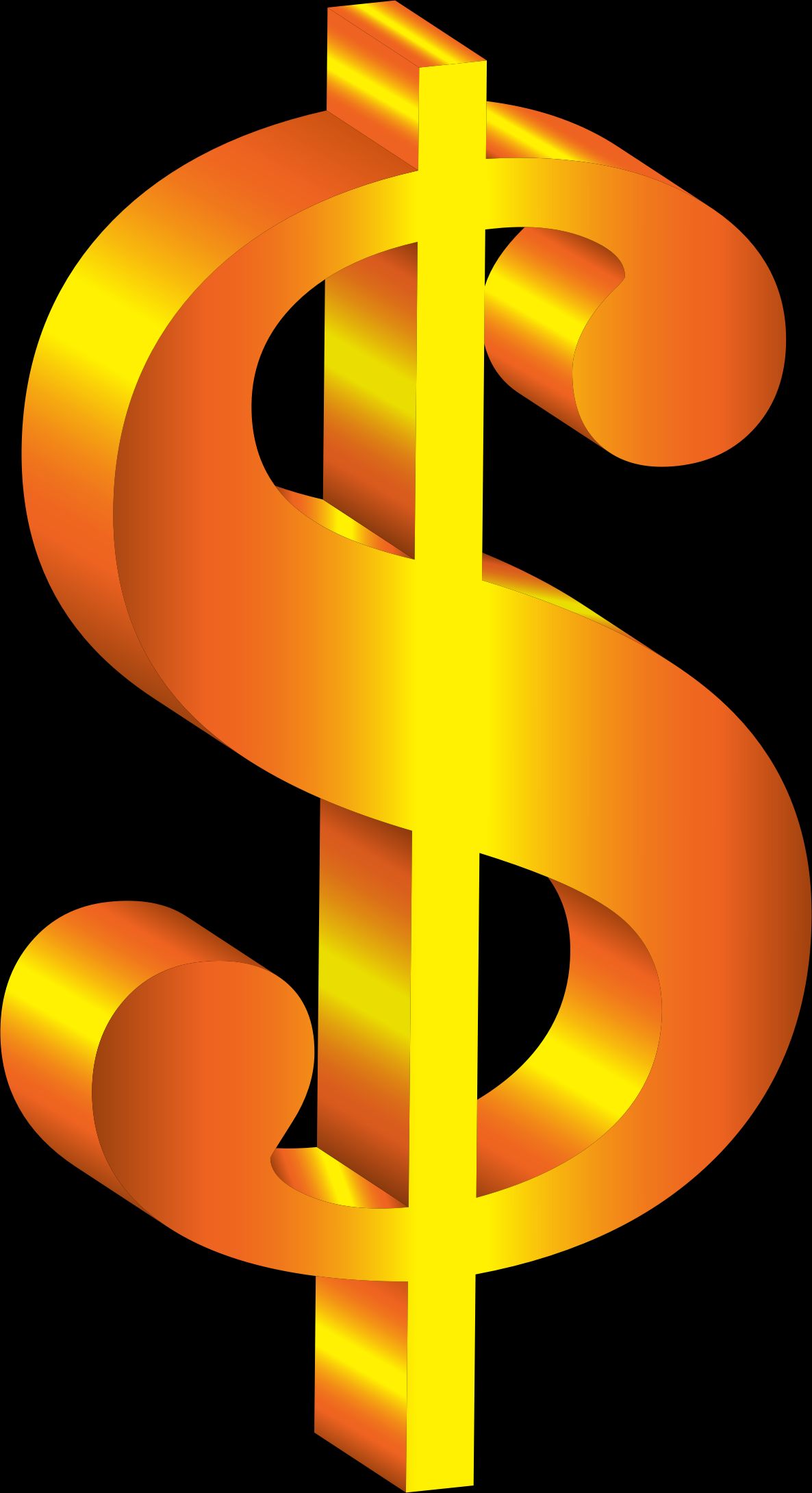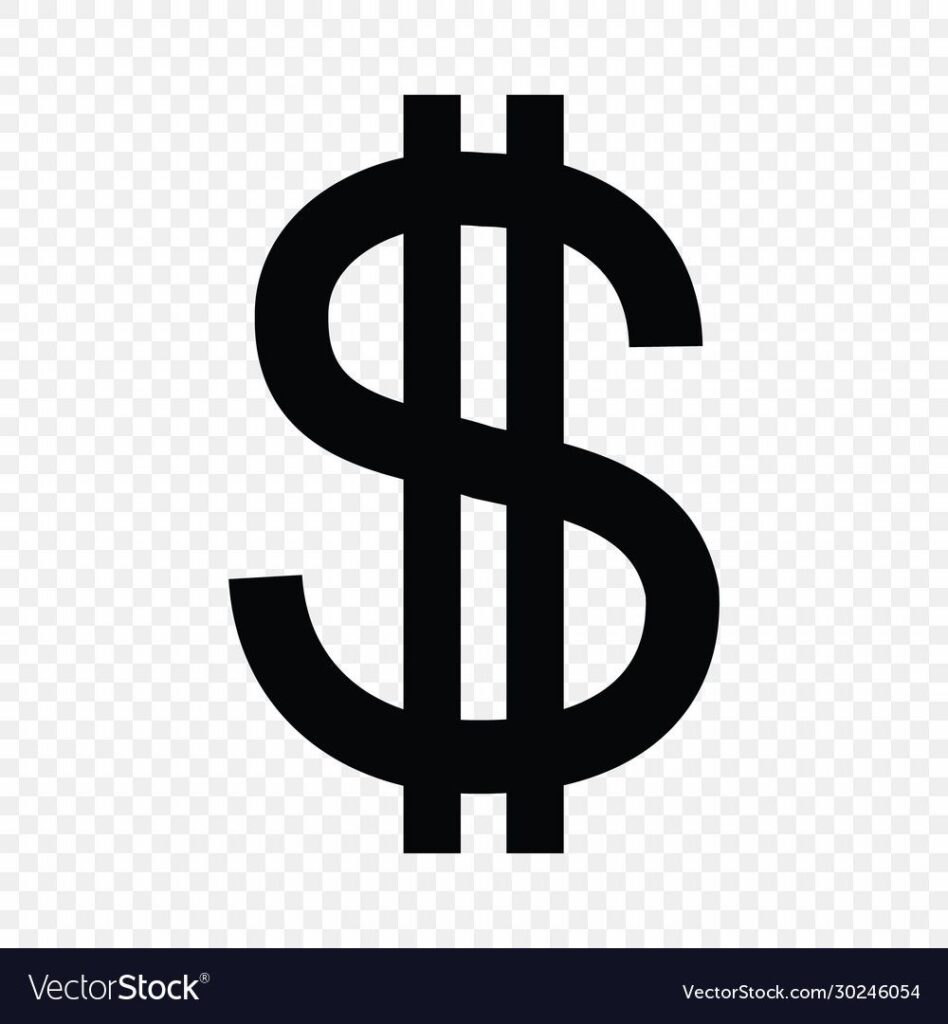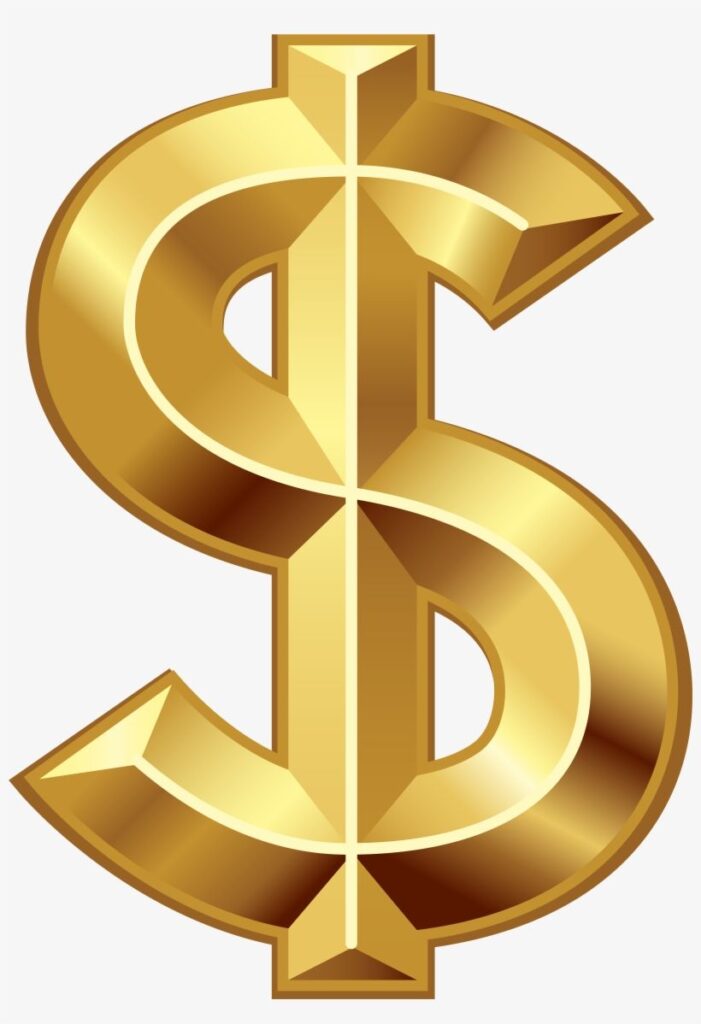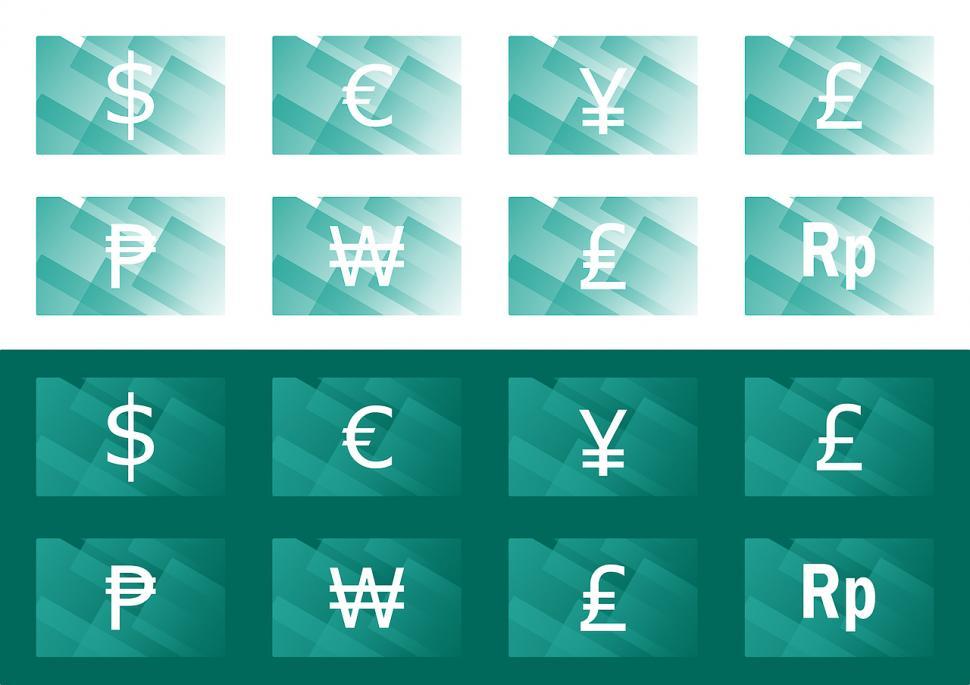
The dollar sign, a ubiquitous symbol globally, transcends its primary function as a mere currency indicator to embody a rich tapestry of history, evolution, and diverse applications. Far from being solely associated with the United States dollar, this iconic mark—an ‘S’ often bisected by one or two vertical strokes—serves as a monetary identifier for a multitude of currencies across the world, including various denominations of “dollar” and “peso.” Its widespread adoption and varied interpretations reflect a complex journey from scribal abbreviations to its profound integration into the digital landscape.
Tracing its origins back to business correspondence in the 18th century West Indies, the dollar sign’s journey is one of continuous adaptation. It has served as a direct descendant of the Spanish American peso, influencing the very foundation of the United States’ currency system established by the Coinage Act of 1792. This historical lineage underscores the symbol’s deep roots in global commerce and its instrumental role in facilitating trade across diverse economic spheres.
Today, the dollar sign’s relevance extends far beyond financial transactions. It has been appropriated by computer programming languages, operating systems, and various software applications, becoming a fundamental component of the digital infrastructure. This article will delve into the multifaceted story of the dollar sign, exploring its historical genesis, its competing theories of origin, its global adoption as a currency symbol, and its surprising versatility in the modern technological era.

1. **The Dollar Sign’s Form and Fundamental Usage**The dollar sign, also recognized as the peso sign, is a currency symbol characterized by a capital ‘S’ intersected by one or two vertical strokes, appearing as ‘$’ or ‘⃑’ depending on the typeface. This fundamental graphic representation is universally understood to indicate various currencies globally. Notably, the explicitly double-barred variant is termed ‘cifrão’ in the Portuguese language, denoting a distinct cultural application of the symbol.
The one- and two-stroke renditions are frequently considered merely stylistic variations influenced by typeface design. The Unicode computer encoding standard supports this perspective by defining a single code, U+0024 ($), for both versions, reinforcing that the distinction is often a visual choice rather than a semantic one. This standardization in digital encoding simplifies its global representation despite graphical differences.
In most English-speaking nations that employ this symbol, it conventionally precedes the specified amount, as demonstrated by the format “$1,” which is interpreted as “one dollar.” Beyond its standalone use, the dollar sign is also integrated into compound currency symbols, exemplified by the Brazilian real (R$) and the United States dollar (US$). In local contexts, the nationality prefix is typically omitted, while in countries with alternative currency symbols, the “US” prefix is often forgone when referring to the US dollar, assuming its context.
Read more about: The Enduring Symbol: A Comprehensive Examination of the Dollar Sign’s Origins, Evolution, and Modern Applications

2. **Historical Roots in Spanish America**The earliest documented appearances of the dollar sign trace back to business correspondence from the 1770s in the West Indies. In these early instances, the symbol referenced the Spanish American peso, which was also widely known as the “Spanish dollar” or “piece of eight” across British America. This initial usage firmly establishes the symbol’s association with a prominent currency of that era.
The Spanish coins, particularly the Spanish milled dollar, served as the foundational model for the currency adopted by the United States in 1792. The Coinage Act of 1792, enacted by the United States Congress, defined the U.S. dollar to possess “the value of a Spanish milled dollar as the same is now current.” Despite this formal adoption, a diverse array of foreign coins maintained their status as legal tender until the Coinage Act of 1857 officially terminated this recognition, illustrating a gradual transition in monetary policy.
Curiously, the earliest U.S. dollar coins themselves did not feature any dollar symbol. The initial documented appearance of the dollar sign in print is attributed to the 1790s, by Philadelphia printer Archibald Binny, who developed the Monticello typeface. Subsequent usage can be observed on the $1 United States Note issued in 1869, which prominently displayed a large symbol resembling a ‘U’ with an ‘S’ overlapping its right bar, beside a minuscule double-stroke dollar sign embedded within the legal warning against forgery, showcasing its evolving printed form.
Read more about: The Enduring Alliance: Debunking Myths About Julia Roberts and George Clooney’s Unbreakable Hollywood Bond

3. **The “P S” Abbreviation Theory**Among the various theories positing the origin of the dollar sign, the most widely accepted one asserts that the symbol developed from the Spanish and Spanish American scribal abbreviation “p s ” for pesos. This hypothesis is supported by a meticulous examination of late 18th- and early 19th-century manuscripts, which reveals a clear evolutionary trajectory of the abbreviation.
Historical analysis indicates that the ‘s’ component of the abbreviation gradually came to be written superimposed over the ‘p’. This stylistic progression ultimately resulted in a graphic form that closely resembled the modern ‘$’ mark. A notable piece of evidence supporting this theory comes from Oliver Pollock, a prominent Irish trader and early advocate for the American Revolution, who utilized the abbreviation “ps,” sometimes joined in a manner almost identical to the dollar sign, in a letter dated 1778.
Further supporting this historical lineage, archival documents demonstrate the common employment of the two-stroke version of the symbol in Portugal as early as 1775. This finding suggests a parallel or interconnected development of the symbol in different geographical regions, reinforcing the plausibility of the scribal abbreviation as a foundational element in its emergence. The consistency in usage across distinct but related monetary spheres strengthens the credibility of the ‘p s’ theory.
Read more about: The Enduring Symbol: A Comprehensive Examination of the Dollar Sign’s Origins, Evolution, and Modern Applications
4. **The Pillars of Hercules Symbolism**An alternative, yet significant, hypothesis for the origin of the dollar sign posits its derivation from an iconic representation of the Pillars of Hercules. These pillars, a classical symbol signifying the two sides of the Strait of Gibraltar, are depicted with a ribbon wrapped around either each pillar individually or both pillars collectively, forming an ‘S’ shape. This powerful visual motif was a fundamental support element within the Spanish coat of arms.
This device was notably featured on the most prevalent ‘real de ocho’ coins circulating throughout the Americas and Europe during the period, specifically those minted at the Potosí mint in Bolivia, which operated from 1573 to 1825. The pervasive presence of this imagery on widely circulated Spanish currency lends considerable weight to the theory that the dollar sign could have been abstracted from this prominent numismatic design, linking it directly to the tangible representation of wealth and empire.
Furthermore, the symbolic connection is underscored by the fact that one of the names used for Spanish dollars in Qing Dynasty China was 雙柱 (Shuāngzhù), which directly translates to ‘double-pillar.’ This linguistic alignment in a key trading partner region provides compelling external evidence that the “Pillars of Hercules” imagery was a recognized and salient feature associated with these Spanish coins, thus potentially contributing to the symbol’s adoption.
A variant of this theory suggests that the sign originated from the mark of the Potosí mint itself, a crucial center for the Spanish Empire’s silver production. Coins from this mint often featured the letters “P T S I” superimposed. The central element of this monogram, when analyzed, distinctly resembles a single-stroked dollar sign, proposing a direct, albeit stylized, evolution from a specific mint’s identifier.
Read more about: The Dollar Sign: Tracing Its Storied Origins, Global Currency Impact, and Unexpected Digital Dominance

5. **Diverse Currencies Adopting the Symbol**The dollar sign’s utility extends far beyond just the currencies explicitly named “dollar” or “peso.” It functions as a primary monetary symbol for numerous currencies globally, though with the notable exception of the Philippine peso, which employs its own distinct symbol, “₱.” Within national borders, the dollar/peso sign frequently stands alone, its context implicitly understood.
To mitigate ambiguity in international financial transactions and discussions, the dollar sign is commonly combined with additional glyphs to specify the currency. Examples include CA$ or Can$ for the Canadian dollar, providing immediate clarity regarding the currency in question. For professional contexts requiring an even higher degree of precision and to avoid any misinterpretation, the ISO 4217 three-letter codes—such as AUD for the Australian dollar, MXN for the Mexican peso, and USD for the United States dollar—are the universally preferred standard.
Beyond denominations explicitly named “dollar” or “peso,” the symbol is or was utilized for a range of other national currencies. This extensive list includes the Brazilian cruzeiro (in various defunct forms like ₢$, CR$), the modern Brazilian real (R$), the Ethiopian birr (E$ until 1976), the Macanese pataca (MOP$), the Nicaraguan córdoba (C$), and the Samoan tālā, which is itself a transliteration of the word ‘dollar.’ The Tongan paʻanga (T$), the Malaya and British Borneo dollar (1957–1967), the Malaysian ringgit ($, M$, M from 1967–1997), and the South Vietnamese đồng ($, from 1953–1975) also adopted the sign.
Read more about: Mark Cuban’s Ultimate Playbook: 15 Timeless Tips to Fortify Your Retirement Against Financial Disaster
The placement of the dollar sign relative to the numerical amount also varies by region. In countries such as the United States, Mexico, Australia, Argentina, Chile, Colombia, New Zealand, Hong Kong, Pacific Island nations, and English-speaking Canada, the symbol is conventionally written before the number, as in “$5,” even though the word is spoken or written after it (“five dollars” or “cinco pesos”). Conversely, in French-speaking Canada, the dollar symbol typically appears after the number, for instance, “5$”, highlighting regional linguistic and cultural influences on its application.



